Migrating monarch butterflies pulsed through the Texas Hill Country this month, gathering in small clusters that suggest a thin overwintering population in Mexico this year.
The iconic creatures, which typically catch the cold fronts and ride the north winds associated with fall, found little of either in the Texas Funnel this season. High temperatures and winds out of the south created unfavorable conditions on the heels of a severe drought that left much of the landscape barren of nectar sources.
Temperatures hovered in the high 80s and low 90s the first week in October on our stretch of the Llano River, an historic roosting site for the insects each fall. October is always peak migration for the butterflies in Texas, as those east of the Rocky Mountains move through the Texas Funnel on their way to their overwintering sites in Mexico, generally arriving by Day of the Dead in the first few days of November.
While the Lone Star state suffered a scorching summer, a welcome four-inch rain in September renewed the landscape in our part of the Texas Hill Country. Some of the parched forbes we’d written off as dead for the season rallied and pushed out new blooms. Frostweed, Goldenrod, Purple Mistflower and myriad asters flaunted their blossoms as intermittent throngs of monarchs arrived along the Llano River, sharing the nectar and pollen bounty with beetles, bees, moths and other insects.
Monarchs were absent in our corner of the world for the October 14 eclipse, but they showed up earlier in the week. Groups of 20 – 30 huddled in the pecan trees along the Llano River basin October 9 -11, taking occasional nectar breaks as winds from the south kept them in place.
“I tagged 30 last night on the river. Fifty on Monday evening,” longtime tagger Jenny Singleton texted on October 7 from Menard, Texas, where temperatures dropped into the low 50s. On October 9, with a low of 46 in London, Texas, we tagged 150 along our stretch of the Llano from clusters as seen in the video below.
Reports from up and down the flyway suggest migrating monarchs will number fewer this year–perhaps an historically low population for the eastern population.
“It’s going to be like 2012,” said Chip Taylor, monarch butterfly scientist and founder of Monarch Watch at the University of Kansas at Lawrence, referencing the dramatic drop in monarch population that followed the drought of 2011. The historic lack of moisture and subsequent fallout of that event jumpstarted monarch butterfly conservation efforts by myriad nonprofit organizations, such as the Mayor’s Monarch Pledge initiated by the National Wildlife Federation in 2015.
“It was definitely late and thin on the ground in Comfort, ” said Cathy Downs, a monarch butterfly conservation specialist for Monarch Watch, from her home about 50 miles west of San Antonio. “I’ve spotted one worn male monarch and two fairly fresh large females,” she added. Downs mentioned a wind shift that some speculated knocked the butterflies west of their usual IH35 corridor and the hope that she might find a roost further west. “But alas, skunked again. Where are they?” she said.
Drake White, who operates the Nectar Bar native plant nursery, said the monarchs appear to be running late this year. “I keep getting them on my native milkweed at the shop. So I’m feeding them on feeder milkweed, then tag and release,” she said.
Observers up and down the flyway reported few observations.
“This has been the most dismal year for monarchs,” Kylie Baumle shared from Haviland, Ohio, on October 5 via the DPLEX-list, an email listerserv run by the University of Kansas at Lawrence devoted to tracking the butterflies. Baumle, author of nature books and a newspaper columnist, said she could “count on one hand the number of adults I have seen on our property and under ten eggs and larvae, the entire summer and fall.”
Monarch followers north and south chimed in.
“Same here in Enid, Oklahoma,” wrote Diane Levesque.
“Same goes for me with all butterflies as well as songbirds,” Fred Kaluza reported from Michigan.
“Pretty much the same here in Northeast Iowa,” said Jim Langhus.
On October 21, Chuck Patterson in Driftwood, Texas, about 25 miles southwest of Austin, reported seeing small numbers since late September.
Taylor chimed in again on October 22, stating that the number of monarchs in this migration would be low, and that the numbers reaching Mexico would also be lower than last year.
“The question that remains is how well the migrants are able to deal with the drought limited availability of nectar as they pass through Texas,” Taylor wrote on the listserv. Citing the state’s unusually high fall temperatures, “that doesn’t favor getting to Mexico,” he said.
Reports from Correo Real, a Mexico-based monarch butterfly conservation organization that tracks the creatures via WhatsApp, monarchs were very visible in northern Mexico this week.
On October 23, Juan Manuel Ramirez Cerda in Saltillo, Coahuila, reported “about a thousand” monarch butterflies roosting at the Antonio Narro Agrarian Autonomous University. Ramirez Cerda said the butterflies were hunkering down against strong winds in a low area of the university campus.
TOP IMAGE: Monarchs enjoy the Frostweed along the Llano River. –Photo by Lee Marlowe
Related posts:
- IUCN revises listing of monarch from “endangered” to “vulnerable”
- Monarch migration underway as new studies suggest butterflies are “not in danger”
- Q & A : Migration studies expert Andy Davis says, for monarchs, it’s survival of the biggest
- Recent IUCN “endangered” listing creates confusion for monarch butterfly followers
- Eastern monarch population up 35% this year, but still much work to do
- Dejavu: is 2022’s dry spring setting the stage for another Texas drought like 2011?
- Three monarch butterflies tagged in honor of those who died recovered in Mexico
- They’re here! Drought conditions greet monarch butterflies as they arrive in Texas
- Massive arrivals of monarch butterflies in the Texas Hill Country signal 2021 migration is on
- Courtship flights, late departures define recent visit to Piedra HErrada sanctuary
- Late, robust monarch butterfly migration evokes cautious optimism
Like what you’re reading? Don’t miss a single post from the Texas Butterfly Ranch. Sign up for email delivery, like us on Facebook, or follow us on Twitter, @monikam or Instagram.

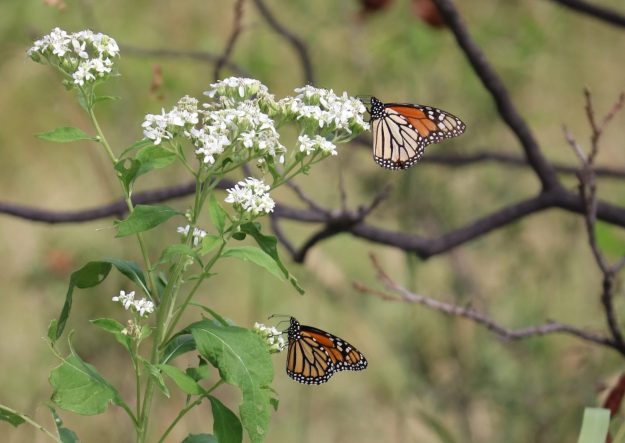
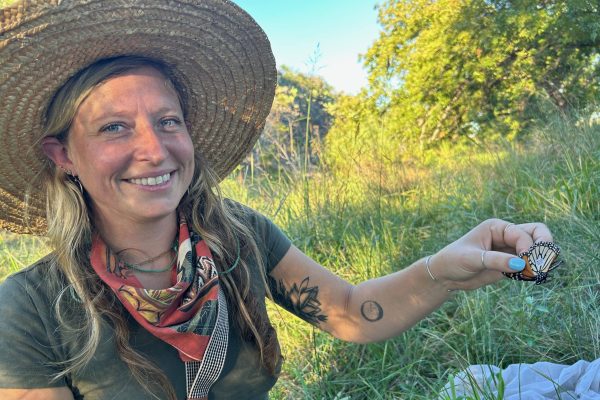
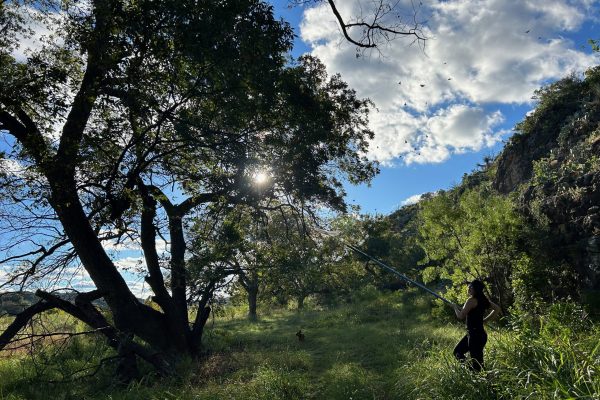
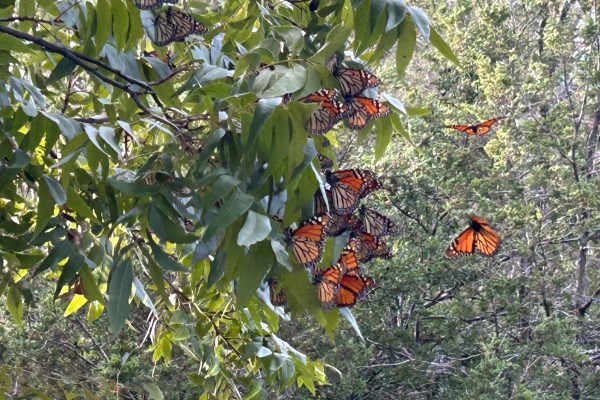
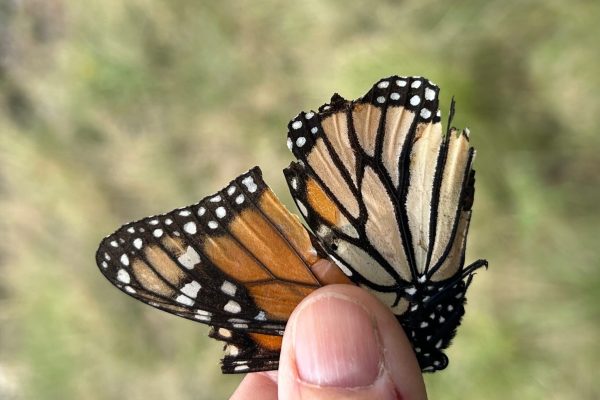
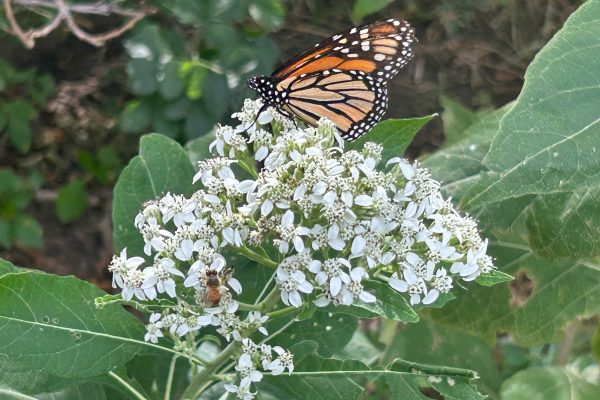
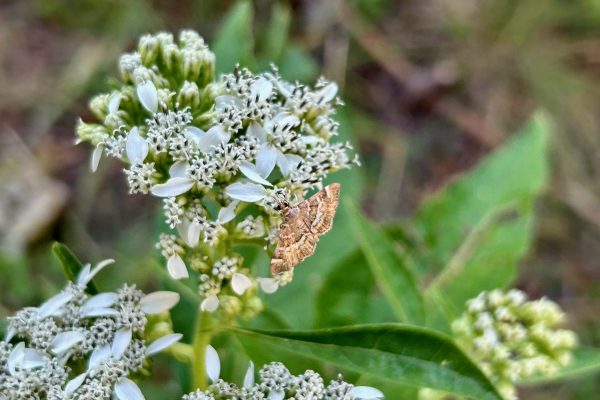


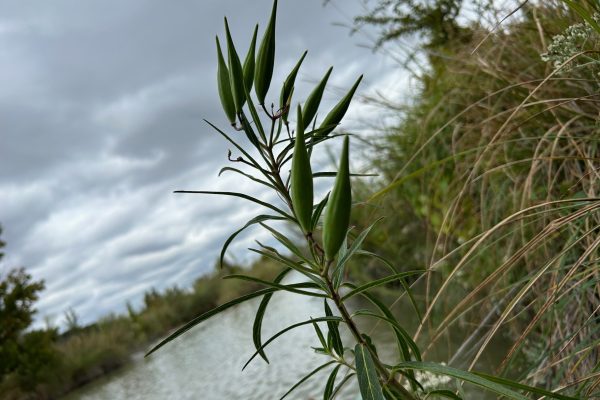
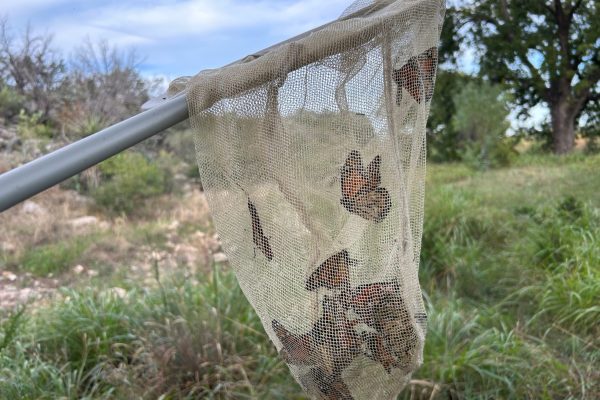
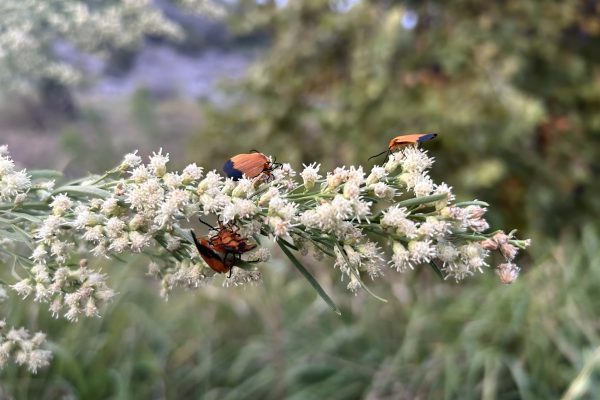
I have to say living here in the middle of Canada…. Manitoba the population of Monarchs that I took care of this year was hundreds of percentages higher than in 2022. I struggled to find more than seven to shelter and care for…. this year on my milkweed plants I collected eggs and cats all summer long
I released 120 with females being 2 or 3 to every male. And five that passed away are not in that count.
Other Monarch caregivers in this area were also reporting large numbers … much joy to all of us.
This is great to hear. We have not had a similar experience in central Maryland. Our releases in 2021, 2022 and 2023 dropped from400 to 160 to 50 this year. This was in a situation where the milkweed plants from which the eggs and caterpillars were found were more plentiful and healthy in 2023 than they were in 2021. We all pray that this is a trend that will not continue in this area and hope that it is not a widespread trend. R. Shelby
When I went down to San Padre to see starship blast off I noticed I was hitting a lot of Monarchs coming home to Houston they were all over freeway mostly between Brownsville and Corpus, this was mid November seemed kind of late I would have thought they would have been in Mexico by then is this normal?
First introduced to monarch raising in 2017 I raised 17 monarchs. Met a lady ( Carol Johnson, carolwj@gmail.com ) at our Elk Grove Village Il. garden club meeting. She and two other ladies had started the Schaumburg Monarch Initiative and were raising monarchs at Spring Valley (Schaumburg Park District) Il.. She asked at the garden club for volunteers. I was in for it. In 2021 when covid was interrupting our world I raised 657 monarch by myself and made the front page of the Daily Heard. 2022, we raised 750 monarchs at Spring Valley tagging about 300. We find the eegs cats and raise them as we go. In 2023 we had raised 1,703 monarchs with about 60 or so other volunteers at Spring Valley tagging 450 (all were tested for OE). We would have twice a day releases at Spring Valley to an interested crowd. Handing out free milkweed seeds at each release. There were 7000 people who attended our releases. I hope our efforts brought you more monarchs this year than what it could have been without our participation. We will have our 501c3 soon and will be continuing our efforts to help the Monarch butterflies. We have planted the seed to improve pollinator gardens throughout our area and much is being accomplished.
Ned Bruns (nedbruns@yahoo.com)
2nd Vice President of the Schaumburg Monarch Initiative